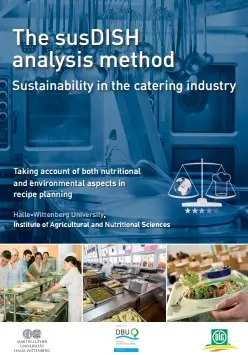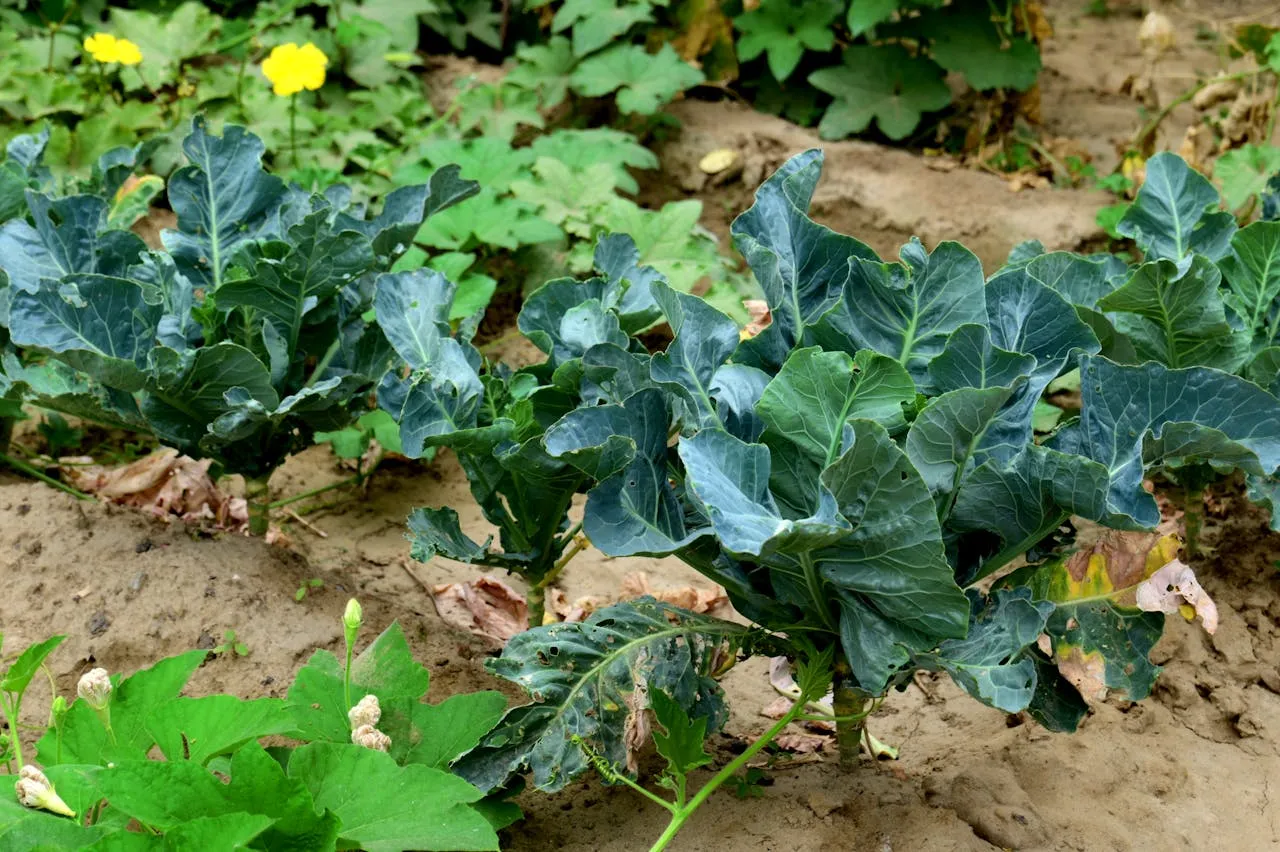The booklet The susDISH analysis method – Sustainability in the catering industry, taking account of both nutritional and environmental aspects in recipe planning is published by the Institute of Agricultural and Nutritional Sciences of the Halle-Wittenberg University.

It describes a method to account for both nutritional and environmental aspects in recipe planning within the catering sector. So far the methodology has been used in around 1,000 recipe development cases by lunchtime caterers. The nutritional content of each recipe is evaluated using 16 health-related criteria. From an ecological perspective the quality of the food is assessed by applying the ecological scarcity method and by using corresponding ecopoints. This method, it is argued, offers an advantage over other means of measuring environmental impacts since the weighting of the different environmental effects (emissions, water consumption, loss of biodiversity, etc.) is not specified arbitrarily but rather on the basis of national targets. Organic produce and conventional produce can also be analysed separately. Many specific environmental impacts can be taken into account such as soil degradation/loss of biodiversity, use of pesticides, greenhouse gas emissions. The susDISH analyses material flows of all products over the complete life cycle – from field to fork. In addition to the ecological scarcity method, susDISH also analyses the products and recipes on the basis of their carbon footprint.
The authors state that if greater account was taken of health and environmental concerns in the daily decisions in catering facilities, dietary-related health costs could not only be reduced but the entire process of food production could be more environmentally sustainable.
The booklet can be viewed here and there is also more information regarding the project on the project website (the website is in German, but it contains a translator).
NB: We’d be interested in your comments on the approach taken (e.g. on the ecological scarcity method, the separation of organic and conventional production and more generally the applicability of the tool to the catering sector. Please do post your comments, either in a new forum post or by leaving a comment in the comments box at the end of this story on the website– remember you will need to be logged on to do so. If you have forgotten your log in details get in touch and we can help you retrieve them.
Citation
Meier, T.; Gärtner, C.; Christen O. (2014): The susDISH analysis method - Sustainability in the catering industry. Taking account of both nutritional and environmental aspects in recipe planing. Institute of Agricultural and Nutritional Sciences, Halle-Wittenberg University, German Agricultural Society (DLG), Frankfurt (Main)




Comments (0)